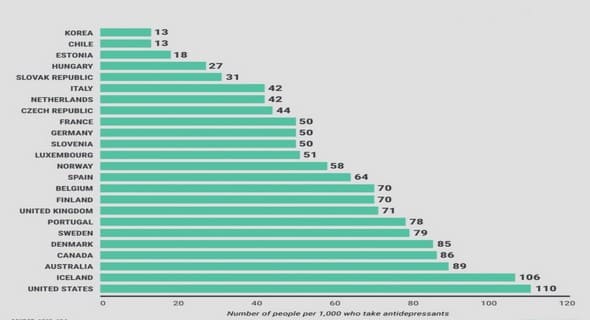(Downloads - 0)
For more info about our services contact : help@bestpfe.com
Table of contents
1 Introduction
1.1 Protein structure
1.1.1 Amino acids and primary structure
1.1.2 Secondary and tertiary structures
1.1.3 Quaternary structure
1.2 Protein synthesis
1.2.1 Transcription and translation
1.2.2 Mutations
1.3 Amino acid networks
1.3.1 Protein structure and function
1.3.2 Mutations
1.4 Tools
1.4.1 Computational
2 Protein structural robustness
2.1 Introduction
2.2 Methods
2.2.1 Aminoacidrank (aar) algorithm
2.2.2 Foldx
2.3 Results and discussion
2.4 Survey of the structural changes
2.4.1 Specific examples
2.5 Structural Robustness, Fragility and Adaptation
2.6 Conclusions
2.7 Supplementary Information
2.7.1 Supplementary methods
2.7.2 Amino Acid Rank (Pseudocode)
3 Protein structure plasticity
3.1 Introduction
3.2 Results and Discussion
3.2.1 Amino acid diversity in terms of amino acid neighbors—Degree statistics
3.2.2 Amino acid diversity in terms of number of atomic interactions—Weight statistics
3.2.3 Average Pairwise Weights (‹wi;j›)
3.2.4 Pairwise network compensation
3.3 Conclusion
3.4 Methods
3.4.1 Database
3.4.2 Amino Acid Network
3.4.3 Pairwise theoretical average number of atomic interactions
3.4.4 Degree statistics
3.4.5 Torus
3.4.6 Accessibility Surface Area (ASA)
3.4.7 Degree and weight Envelopes
3.4.8 Jaccard measure
3.4.9 Mutated networks
3.4.10 Experimental methods
3.5 Supplementary material
3.5.1 Supplementary Tables
3.5.2 Supplementary Figures
4 Perturbation of amino acid networks
4.1 Introduction
4.2 Methods
4.2.1 Amino Acid Network
4.2.2 Perturbation network P
4.2.3 Sphere of influence
4.2.4 The matrix M
4.2.5 Cutoffs
4.2.6 The boolean matrix R
4.2.7 Buriedness
4.3 Results and Discussion
4.3.1 Sphere of Influence
4.3.2 Number of perturbed amino acids and functional change
4.4 Conclusion
5 Void around amino acids
5.1 Introduction
5.2 The protein as a discrete mathematical object
5.3 Convex Hull Method
5.3.1 Envelope set
5.3.2 Basic idea
5.3.3 Algorithm
5.3.4 Barycentric coordinates
5.4 Delaunay Method
5.4.1 Basic idea
5.4.2 Algorithm
5.5 Empty tetrahedra method
5.5.1 Overlap between a sphere and a tetrahedron
5.5.2 Bounded empty tetrahedra
5.5.3 Algorithm
5.6 Results
5.6.1 Large voids in hLTB5
5.6.2 Delaunay Method cutoff
5.6.3 Gap in atomic distances
5.6.4 Distribution of void
5.6.5 Void and Accessible Surface Area
5.6.6 Conclusion
5.6.7 Supplementary table
6 Overview
6.1 Framework
6.2 Local structure
6.2.1 Local structure of amino acids
6.2.2 Local structure of functional positions
6.3 Local void
6.4 Future work
7 Introduction (Français)
7.1 Le cadre
7.2 Structure locale
7.2.1 La structure locale d’acides aminés
7.2.2 Structure locale des positions fonctionnelles
7.3 Vide local
7.4 Travaux futurs




